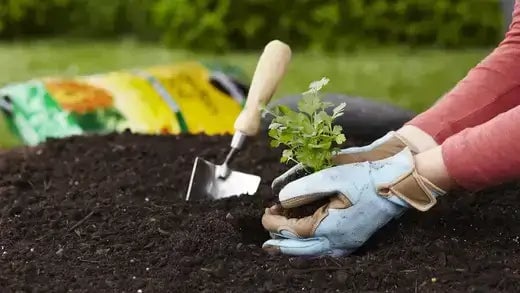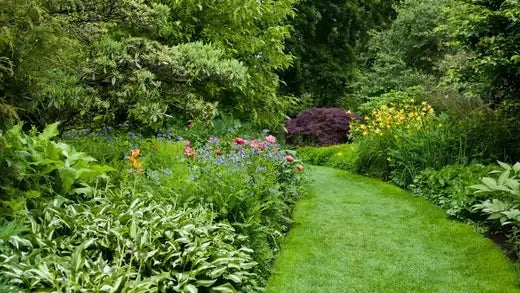TN Nurseries best selling perennial plants
Perennial plants are some of the most common plants in today's garden world.
Perennial plants grow during the warmer seasons but die in the winter except for the seeds.
These perennials are beautiful things. These plants can be placed for one year and will grow great for many years to come. That makes them a hit among many growers. Perennials are typically grown from seeds like bulbs. These plants will grow when warm enough, sprouting new growths with beautiful features. Once the fall comes, they die and go dormant again till the following spring. S what kinds of perennial plants are there?
There are many different kinds of perennial plants. The most common perennial plants used in decoration are small flowering plants that fill small spaces with bright colors. These are some of the most common plants used in flower beds. The perennial plants also include gardening plants that will regrow year after year. There are multiple perennials, not just flowering plants or garden plants, but also vines, ground covers, and herbs. These will spice up the looks of your home or garden area.
We Are The Source to Buy a Wide Variety of Perennial Plants
Read more

TN Nurseries best selling perennials and fernsChristmas fernsGlade fernsNew York fernsAjugaSolomon SealBearded IrisAre you looking for some easy ways to save money while growing great-tasting produ...

Ground covers are perfect for landscaping around sidewalks, patios, or anywhere there's not a lot of sun, and the ground needs something to landscape with that doesn't get very large. Periwinkle Gr...
Family Owned and run with pride
Nestled in the heart of Middle Tennessee, TN Nursery is a proud family-owned business rooted in tradition, quality, and a deep love for plants. For generations, we’ve been dedicated to providing exceptional service and building lasting personal connections with gardeners, landscapers, and nature enthusiasts across the country. Our mission is to make planting and gardening more accessible, enjoyable, and rewarding—whether you’re a seasoned horticulturist or just starting your first flower bed.
We specialize in expertly grown native plants, perennials, shrubs, trees, and ferns that thrive in a variety of climates. Every plant we offer is carefully nurtured on our farm to ensure strong root systems, healthy growth, and long-term success in your landscape. From vibrant evergreens to colorful blooms and ground covers, we offer an expansive selection to help you create the outdoor space of your dreams.
At TN Nursery, we believe in more than just selling plants—we’re here to help you transform your garden into a place of beauty, sustainability, and joy. Our knowledgeable team is always available to answer questions, offer guidance, and share tips to ensure your planting experience is a success. Join our growing family of happy customers and let us help you bring your garden vision to life.




